|
Guest blog by Susan Stover, artist and educator On the eve of the Tastes & Textiles tour, I’m posting Susan Stover’s insights about the power of travel to invigorate one’s creativity. (All photos by Susan Stover.) Travel can greatly impact an artist’s work. It can influence, be a catalyst for change, or further catapult the journey already started. In the absence of familiar surroundings, it can magnify what captures the eye and the emotions. All is new, exciting, and exhilarating. Both making art and traveling have opened up new experiences and challenged me in unique ways. There is so much to be inspired by—the atmosphere in the landscape, hues and textures of a traditional market, shrines and temples, and environments of living and creating. I recently returned from my second trip to Indonesia in the last 15 months. As the experiences and inspirations linger in my subconscious, they continue to influence my artwork. My love of textiles was rekindled as a result of these travels. Fabrics abundantly adorn shrines and temples, are used as offerings, typify ceremonial dress, and are displayed as consumer goods. I am inspired not only by the beauty of the fabrics, but also how they function in a society where art, life, and spirituality are all connected. Nowhere is this more evident than in Bali. Concepts of duality, animism, and the desire for harmony between the natural and supernatural worlds are the foundation of Balinese beliefs. My fascination with the connection of art and spirit lies in the mystery, the unanswered questions, the quest for balance and purpose, the desire for connectedness with others and with the sacred, however they choose to define it. Textiles embody these concerns, which are more evident in cultures other than my own. When traveling, I am conscious of how closely tradition and technology are related. Weaving and dyeing cloth are technologies that have existed for millennia. As a result of the Industrial Revolution, the western world is more removed from these technologies, as most cloth is made in factories. Our direct relationship to the production of fabric and items for survival does not exist. In countries like Indonesia, these traditions are part of cultural identity and there is a sense of pride in the hand making of them. Some of the places in Java and Bali that I visited still produce cloth exactly as it has been done for hundreds of years. The tools and settings of these shops look like they have not changed over the ages, and it was like stepping back in time. It was always surprising to see cell phones in these environments—the juxtaposition of ancient and modern. This is what I am after in my own work—taking something from one arena, bridging the gaps of time and place, and situating it in a new venue. There is an inherent beauty to the handmade, purposed item that looks old and worn. Often I think of history, what or who came before me, what was left behind, and how we are joined to others by the same activities that keep our hands busy. The rhythmic beating of a loom and the repetitive movements of stitching and stamping can be meditative and calming. There is a satisfaction to this type of labor. Textiles imply an association with human touch and human interaction and I am curious how the maker’s role functions individually and collectively in a community. What interests me is the information that textiles contain, as patterns and techniques encode knowledge from ancestors and tell us much about a culture’s cosmology and development. Perhaps it is my own desire for connection to the larger world that drives me to seek out authentic artisans working in methods that have been handed down from one generation to another. Throughout the years, my work has incorporated the combination of textiles and painting. I have worked in many ways using dye, paint, thread, fabric, and fiber. Prior to traveling to Indonesia, I had been using surface design techniques on silk and embedding them into encaustic to develop my own visual language of unique mark-making and patterning. A shift happened in the work as a result of traveling—the fabric itself became the subject matter and a springboard for new content. I wanted to make work that looked like old cloths that were worn in a way that would suggest some sort of use or purpose. They could be fragments or relics and could incorporate techniques typically found in ritual textiles and costumes. Recently, I have been combining surface design techniques (such as discharge, silk painting, and indigo dyeing) on silk with encaustic on panel. There is marvelous allure of adding color to cloth and a magical alchemy of dyeing with indigo. When layering the silk into encaustic, the wax is beautifully absorbed by the silk. The silk then becomes semi-transparent, revealing rich subtleties of colored wax underneath. Murky layers of wax on top of the silk can add depth, mystery, and freeze the fabric in the moment. Working with encaustic in many ways is like working with fiber. There is a tactile quality to the wax that makes one want to touch it. The translucent layers of wax are similar to working with layers of dye. Wax can reflect and absorb light like various fibers. There are the textural and sculptural capabilities of wax as there are with fibers. When I started thinking of my “paintings” as “objects,” it stimulated ideas of working sculpturally and freed me from thinking within the confines of the panel. It opened up the possibilities of working with other fibers, materials, and techniques. Incorporating these materials and working in this way, my intention is to create artwork that evokes a sense of transcendent mystery and purpose. The goal is to imbue the work with a vulnerability and vitality that reflects the presence of the maker. Each piece is a personal meditation on what connects the past and present, the beauty of imperfection and age. The challenge is how to make the things that inspire me and at the same time place them in a contemporary context. How do I celebrate these inspirations, use these traditions, and express it in a way that is relative to my own culture? As I travel and seek inspiration, I am aware of how tourism and commercialism affect these places. Traditional weaving patterns can be found printed cheaply on cotton fabric. ”Fake” batiks are abundant. Natural dyes and materials are often replaced by cheaper synthetic ones. Symbolic meanings are in danger of being lost as techniques and knowledge may not be handed down to future generations. I believe that it is important to recognize the value and conservation of traditions and cultures with awareness and mindfulness of our impact on them. Threads of Life and the Bebali Foundation in Ubud, Bali, seek to preserve and restore indigenous textile cultures in Indonesia. They work with women’s weaving cooperatives to help manage their resources sustainably and relieve poverty in remote areas. The Bebali Foundation does botanical research of natural dyes and mordants. I spent a wonderful afternoon in the Bebali Natural Dye Garden dyeing with the indigo that is grown there. The garden beds are filled with different varieties of indigo and plants for other colors and mordants. My consciousness and respect has grown for the beauty existing in other parts of the world as a result of my travels. I am grateful for the rich heritages that endure and am optimistic of how they might evolve. I am looking forward to future art inspiring journeys in Italy, India and a return to Java with others who share a similar interest in appreciating the artistry of cultural traditions.
Susan Stover teaches and shows her work nationally and internationally and maintains a full time studio practice in Graton, CA: www.susanstover.com. This article first appeared in the Surface Design Journal Winter 2015/2016 “Wax & Fiber” issue, Volume 39, Number 4. The Journal is available in single print issues for purchase at: www.surfacedesign.org/marketplace . A subscription to the quarterly Surface Design Journal is just one of many enriching textile-arts and education benefits enjoyed by members of Surface Design Association, which will celebrate its 40th anniversary next year. Members receive the beautiful print publication 4 times a year along with access to all of our digital editions (published since the Spring 2015 “Warp Speed” issue, Volume 39, Number 2). www.surfacedesign.org/subpage/digital-edition-now-available
0 Comments
|
Email Subscription
Click to subscribe to this blog and receive notifications of new posts by email. AuthorErica Jarman Categories
All
Archives
October 2023
|
|
copyright 2017 sapori-e-saperi.com | all rights reserved
|
Website by Reata Strickland Design

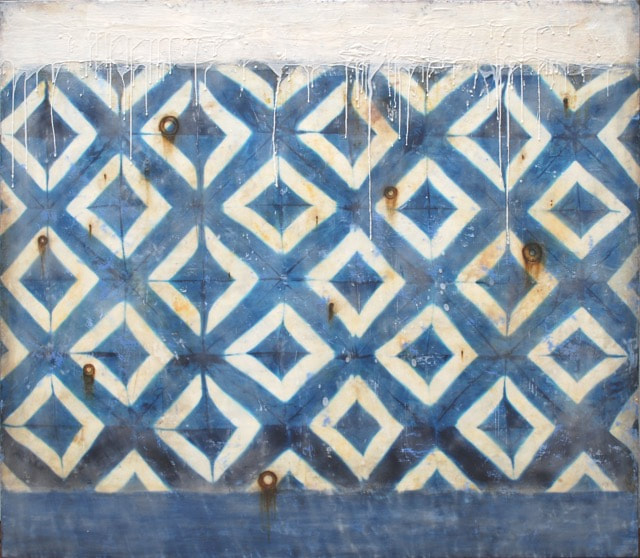
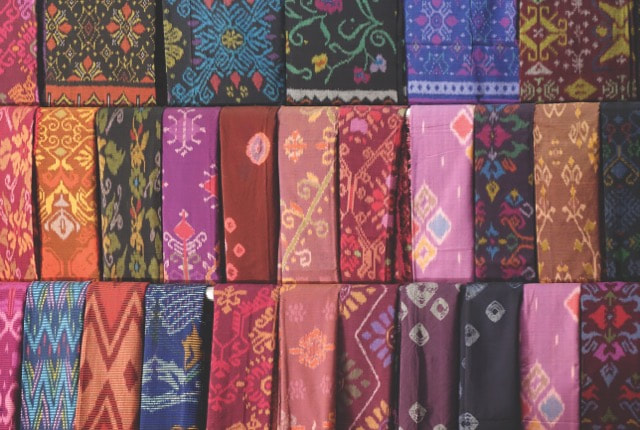
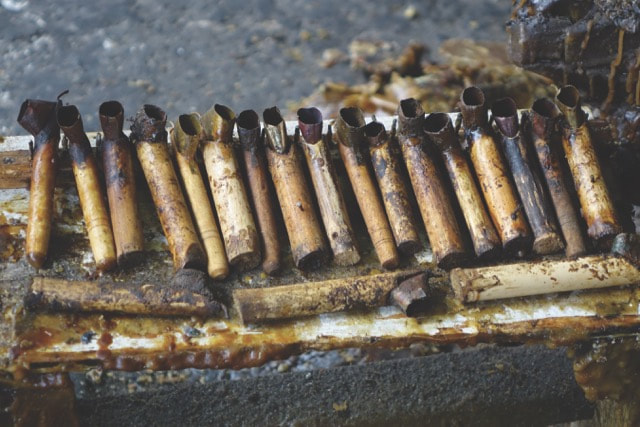
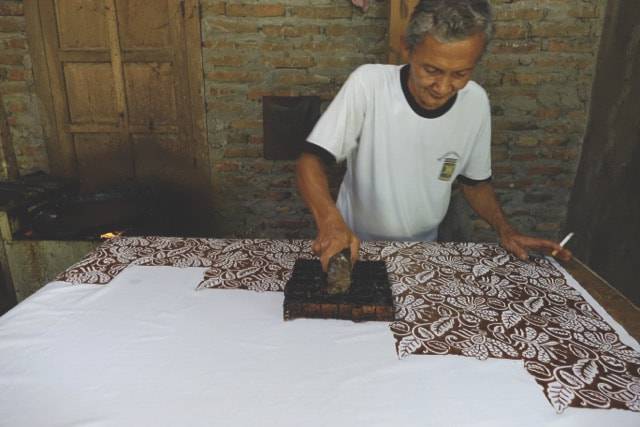
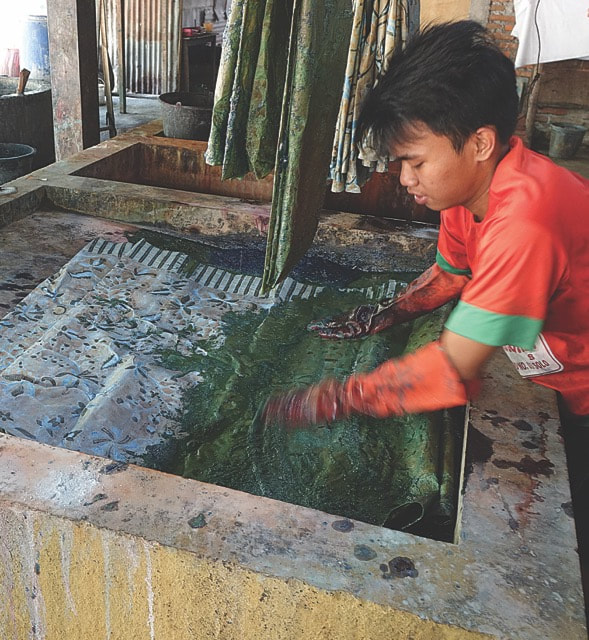
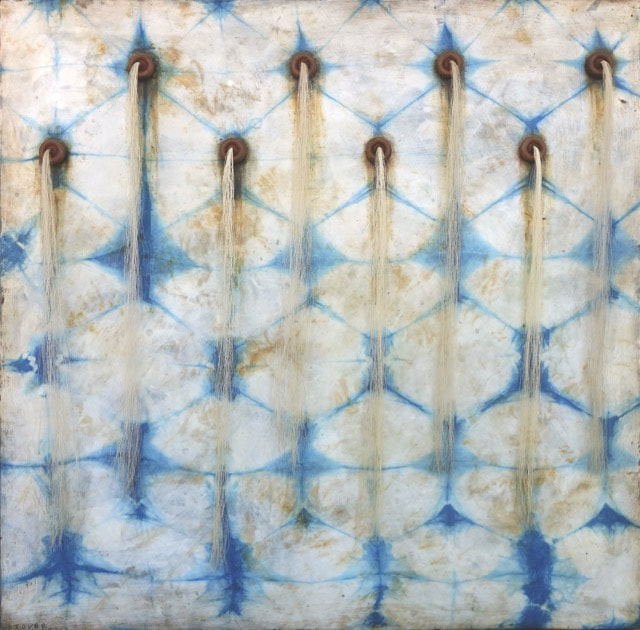
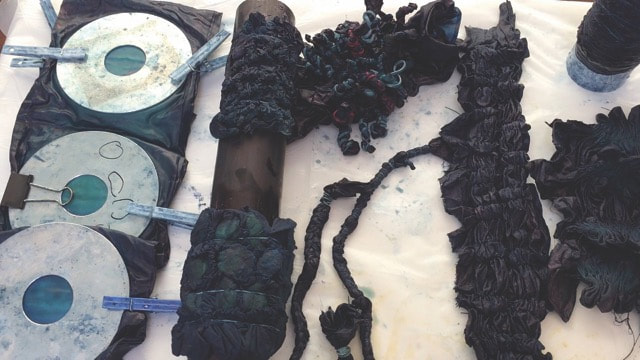
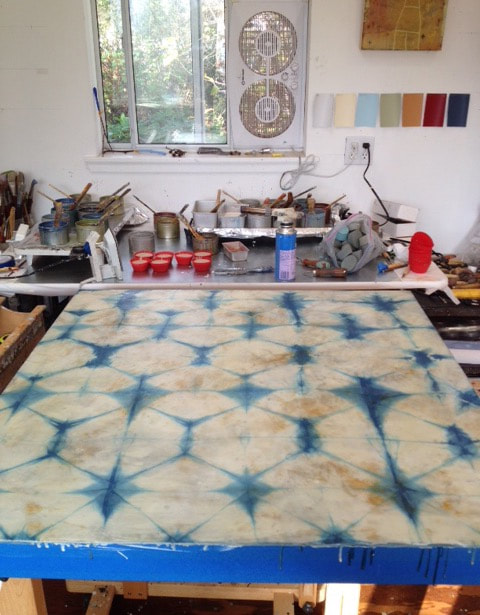
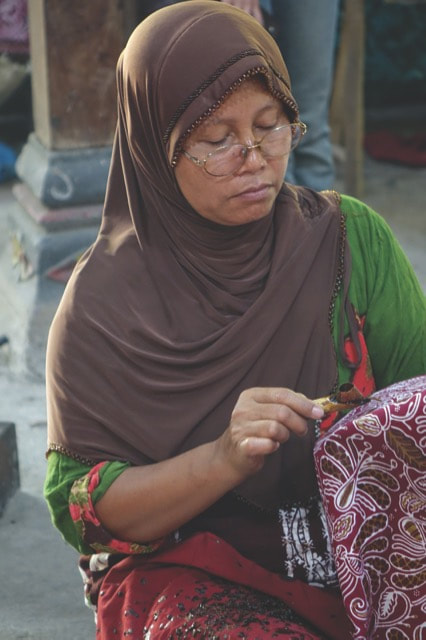
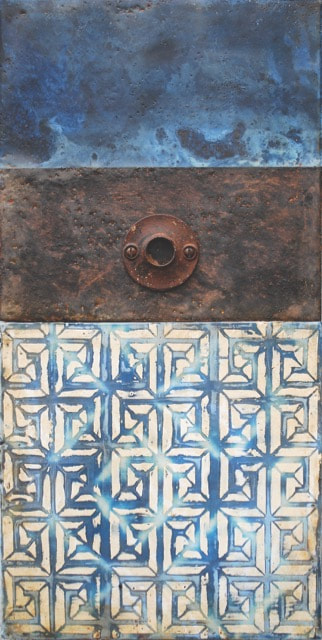
 RSS Feed
RSS Feed



